McArthur Binion Visual:Ear / Paper:Work
@ Xavier Hufkens, Brussels
until Van Eyck & Rivoli
For his debut solo exhibition with the gallery, McArthur Binion (b. 1946, Macon, Mississippi), presents a new body of work created in Chicago, where he primarily lives and works. Large format oil-stick paintings are assembled in the Van Eyck gallery under the title Visual:Ear, a reference to Binion’s abiding interest in the visual translation of music into colour and form. Paper:Work, on show in the Rivoli gallery, presents a corpus of recent drawings. The exhibition provides a comprehensive overview of the artist’s oeuvre across a wide range of scales and showcase the latest developments in his decades-long practice.The paintings in Visual:Ear draw a decisive loop in Binion’s work and hark back to an idea that first crystalised over fifty years ago, while he was studying for his MFA in painting at Cranbrook Academy of Art in Bloomfield Hills, Michigan. Deeply immersed in music, especially jazz, Binion became fascinated by non-verbal means of communicating his experiences. His earliest work on the theme was Drawn Symphony:in:Sane Minor (1971), a hand-drawn image atop ten pages of musical manuscript paper. The term ‘visual ear’ also dates from this period, with Binion first using it in his 1973 graduate thesis. These works — which represent Binion’s earliest attempts to convey the rhythms and sensations of music in words and images — remained dormant in his mind, but nonetheless present, until they were reactivated and visualised for his on-going series of Visual:Ear paintings. The works make use of an abstracted, collaged image of a musical score, Still Standing Stuttering, by Pulitzer prize-winning composer Henry Threadgill (b. 1944), which Binion personally commissioned as a response to his painting Stuttering:Standing:Still (2013). The images in Visual:Ear are made up of varied compositions of Still Standing Stuttering. The inclusion of the printed music represents an unprecedented opening up of the oeuvre to external influences. Prior, Binion had almost exclusively used autobiographical source material in his work, most famously pages from his address book or passport, photos of his childhood home, his hands, or historical images pertaining to his early life in rural Mississippi. Working with the music score images was the catalyst for a quatre mains of sorts, one that resulted in what Binion calls the ‘under conscious’ of the work. The Visual: Ear paintings are a “handmade, geometric way to insert the music score into the work.”
The ‘under conscious’ — whether autobiographical or music related — is a hall-mark of Binion’s work and is usually composed of printed material. On top of this, the artist adds a heavy layer of paint-stick marks. The visual language is that of minimalism and abstraction: lines, serial patterns and geometric shapes. To borrow a musical term, the works have a binary form, with the two elements ultimately merging into an indivisible whole. This interweaving, which lies at the core of Binion’s practice, creates multiple fields of tension: between the personal and impersonal, between mech-anical reproduction and slow, labour-intensive mark-making, and between the revealment and concealment of the ‘under conscious’. The works not only testify to Binion’s sustained interest in music but also his belief in learning to look by listening, and likewise, to listen by looking. As he himself states, the works in the Visual:Ear series represent “the clarification of [his] character as a painter.”
44 rue Van Eyck & 107 rue St-Georges, 1050 Brussels, Belgium
www.xavierhufkens.com






























































![exi[s]t>15 bulart](https://blogger.googleusercontent.com/img/b/R29vZ2xl/AVvXsEj67mt21mvAFC3VF_3QGzADB-5ZJJLBOlefD6Y8pi5z2e6HTMZztaHCi08vSOJ39mER-PcUmXUyHBnc-dMAq1t6MQe8reeNnIkyGKauFhd88y3NSvcsTLRlB1EdJQrefHryZQxK6-eDTvM/s240/buffet.jpg)
![exi[s]t>15 bulart](https://blogger.googleusercontent.com/img/b/R29vZ2xl/AVvXsEjuEe0w0gLW9nkOXAPGHqtkn89laZeWaQoLwvH2WVTEinKMw5RfqWwzcAkl1Ep27R6j1aYRF4BkiMX_juuZnGDNHyoHRCd65KHsXMg_Z_a3-tLG4OpCSHOlsj5hsPsh_htA6DEegu-Ubic/s240/P8250003.jpg)
![exi[s]t >15 bulart](https://blogger.googleusercontent.com/img/b/R29vZ2xl/AVvXsEg_O-oTzQ29LIVymZGSJUzpJCQYiu6VEztB6VkUPJmKb2VN5bRGpbURyj3-2M3Zz5JGtRjgwY_tr4qC-K21d5pKAzHZn9gYhbw2Vk7CPxb5unRin_828kpxYnzJbDa2Gkx6U1PFw2q1NDI/s150/P8250077.jpg)





















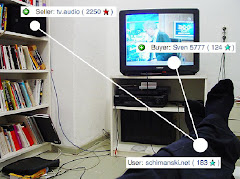














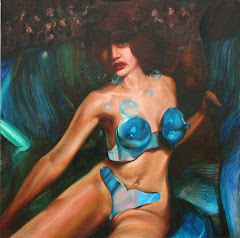





















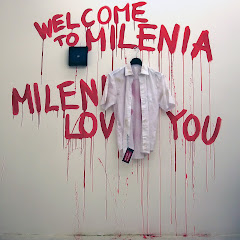

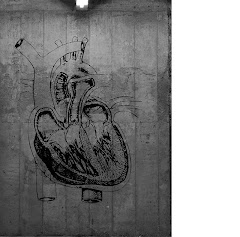







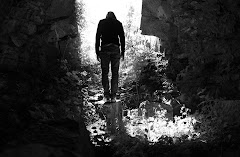



No comments:
Post a Comment